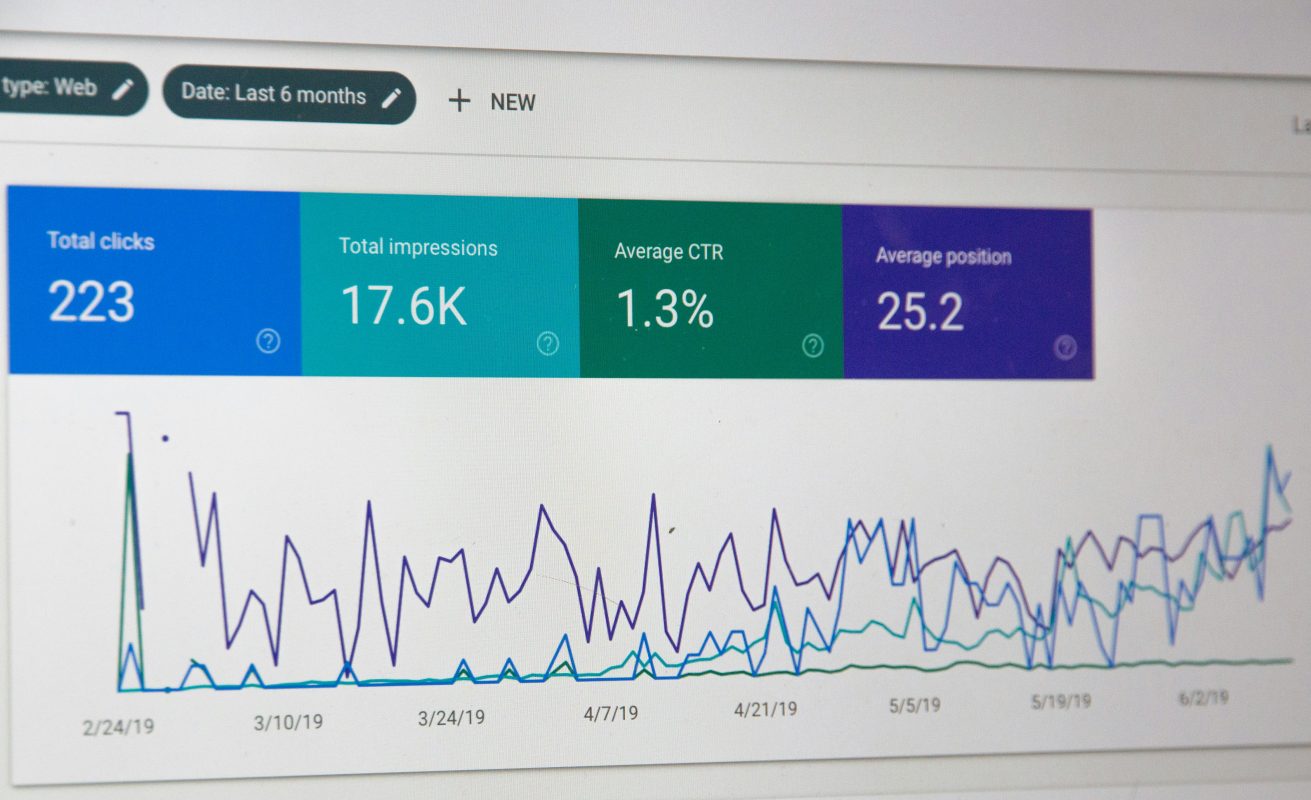Have you been consistently creating excellent content and posting it on your website? Well, then, good for you! But, perhaps you’re wondering, why haven’t all those pieces of content done anything significant for your business? Why hasn’t traffic to your website grown as much as you expected? Why hasn’t your brand become as well-known as you’d hoped? Is there anything wrong with the content you’re putting out? Maybe not. Your problem may be a case of producing excellent content, but neglecting to optimize that content. You see, no matter how good your content is, if you’re not optimizing content for search, then you’re missing out on a lot of valuable traffic.
Now, you may think SEO is something only experts can do and that it is a complicated process involving dark magic of the kind only serious practitioners understand. Well, you may be partly right, as certain experts can help you out. Today’s SEO isn’t nearly as complicated as it once was, and search engines now penalize websites that employ the “dark magic” tactics once used by SEO practitioners.
SEO Basics
If you want to truly succeed in content marketing, you will have to optimize every single piece of content you publish. To do that, you will have to learn as much as you can about SEO, regardless of whether you choose to do the optimization yourself or hire an expert to do it. Even if someone else does the optimizing for you, it pays to understand exactly what your SEO expert is doing. Let’s begin by understanding that there are three main branches of SEO:
- Technical SEO – This branch of SEO focuses on ensuring that search engines can properly crawl and index the content on your website.
- Off-page SEO – This branch of SEO focuses on acquiring quality links from other websites. Links that come from websites that are deemed an authority in your niche or industry are seen as a “vote of confidence” and help you gain the trust of search engines and users alike.
- On-page SEO – This branch of SEO mainly focuses on providing an excellent user experience to site visitors through your content and ensuring that your content is properly optimized for relevant keywords.
This article will therefore focus on a discussion of on-page SEO since your main concern is that of optimizing every piece of content you post. Bear in mind that optimizing content for search doesn’t just involve the actual content, but also the impact of that content. Your content should be useful and relevant to your target market, and it has to be easy to read and comprehensive. This is the kind of content that gets people to engage, and engagement is something search engines deem favorable and worthy of high search rankings.
Tips and Tricks
Now that you realize that the key to making your content SEO-friendly is to focus on making it user-friendly, perhaps you’re wondering: “Are there any techniques you can use to make your content user-friendly?” Well, yes, there are! Here are some of the best things you can do to optimize your content by making it more appealing to both your intended audience and the search engines:
1. Solve a Problem
Don’t just create content because you like a particular topic. Rather, strive to create content that solves a real problem—whether voiced or implied—of your target audience. Remember, SEO-friendly content is content that is helpful and relevant to your audience. What could be more helpful and relevant than the kind of content that solves a problem?
The best way to make sure that your content solves a problem, of course, is to know your audience and determine their intent. What are your target users trying to do when they conduct online searches? What information are they looking for? What solutions are they in search of? These are the pieces of information and the kind of solutions you need to provide with your content. No matter how good your content is, if it does not match your audience’s intent, it won’t do you any good.
2. Choose the Right Keywords
Once you’ve gotten to know your target audience and determined their intent, the next thing to do is find the right keywords to use. Part of determining user intent has to do with identifying the keywords and phrases your target audience commonly uses when conducting online searches. After all, how can you optimize your content for search if you don’t even know what words your audience uses when they conduct online searches?
Of course, we’re not saying you should fill your content to the brim with keywords, but you should target at least one primary keyword for each piece of content you create. If the content is a bit lengthy (1550 words or more), it may also be a good idea to throw in a couple of related keywords and phrases. Google AdWords Keyword Planner is a good tool to use for determining search volume and competition for every keyword you may be considering.
3. Optimize Filenames and Metadata
Whenever you upload images, videos, presentations, and documents to your website, make sure the filenames mean something. Don’t just use filenames like image1.jpg or content.doc. Rather, optimize your content by specifying what the uploaded file is about. For example, if you’re uploading an infographic about optimizing content, you could use filenames like top-tips-optimizing-content-infographic.png so search engines and users who are looking for files to download will know exactly what you have uploaded.
Furthermore, if you choose to submit your content to other sites, remember that there are usually fields where you’ll be asked to provide a title, a description, and some tags for your content. Make sure you fill out these fields completely and accurately. Make sure your main keyword target is present in all fields. When you provide the tags, write the main keyword first, and then include as many related terms as the site allows. This will make your content easier for search engines and users to find.

Always provide complete details about your content—title, description, tags, etc.—and remember to include your primary keywords in each field.
4. Build Trust
It’s good to get a lot of traffic to your website and get people to read your content, but it would be even better to get people to keep coming back for more, and you can only do that by gaining the trust of your audience and sustaining it for the long haul. Note as well that when you can build the trust and confidence of your audience, you’ll stand a better chance of converting readership into sales.
One of the best ways to build trust through your content is to use the right words. We’re not just talking about keywords here; rather, we’re talking about the specific words you use in delivering your message. You may want to review a few lists of so-called power words and words that, according to experts, have been proven effective in driving conversions. Aside from using the right words, it also pays to be objective—neither too salesy nor too pushy—in discussing topics that relate to your products or industry.
You can also build trust by sharing research, case studies, and metrics in your content as well as by citing or quoting industry influencers when driving home a point. Finally, you may also want to take advantage of user-generated content (UGC) such as testimonials and reviews. Many people these days only trust websites that post UGCs along with their content.
5. Promote with Optimization in Mind
You have to promote your content. You probably already know that. But what you may not have realized is that you need to promote your content still with SEO in mind. You have to make sure that whenever and wherever people use your keywords (primary or related) in online searches, your content will always turn up in the results.
When you share content on your social media pages, don’t forget to include your main keywords in the caption. It is also a good idea to search for your keywords on Q&A sites like Yahoo Answers and Quora. Check the most recent questions and provide a link to your content, indicating it as a helpful answer. Contact blog owners and people who rank well on niche-related social sites and see if you can link your content to their related posts or share your content with their audience.
It is also important to make your content shareable and link-worthy so you can get others to promote it for you. Remember that when people have a good experience with your content, they’re more likely to engage in conversation about it and even get others to engage as well.
Optimizing content is about the overall user experience. It is more about the impact of your content than what goes into the content itself. The five tips discussed above are meant to help you ensure that your audience will have the kind of experience with your content that’ll encourage them to keep coming back to your site for more.





